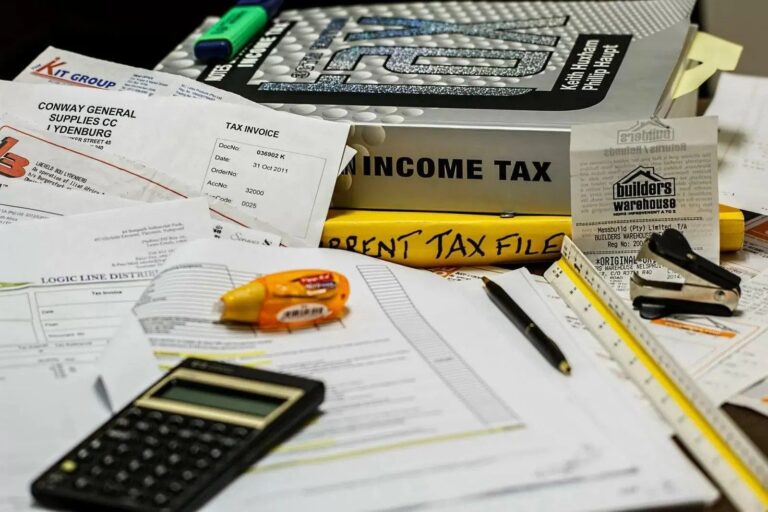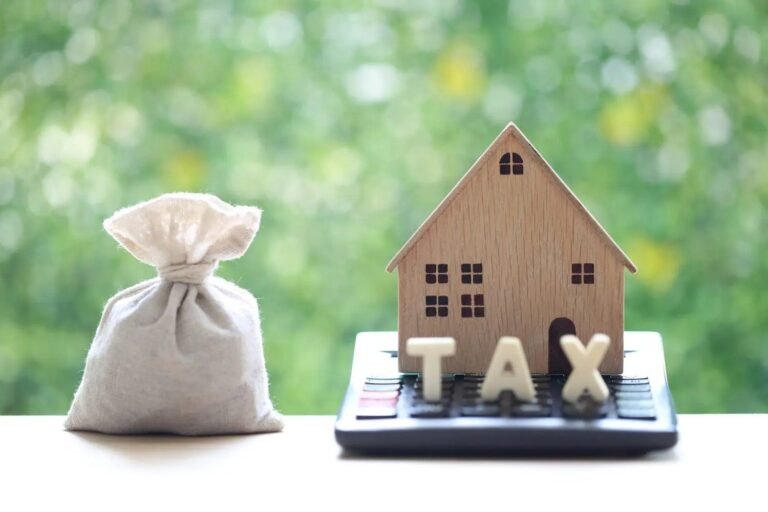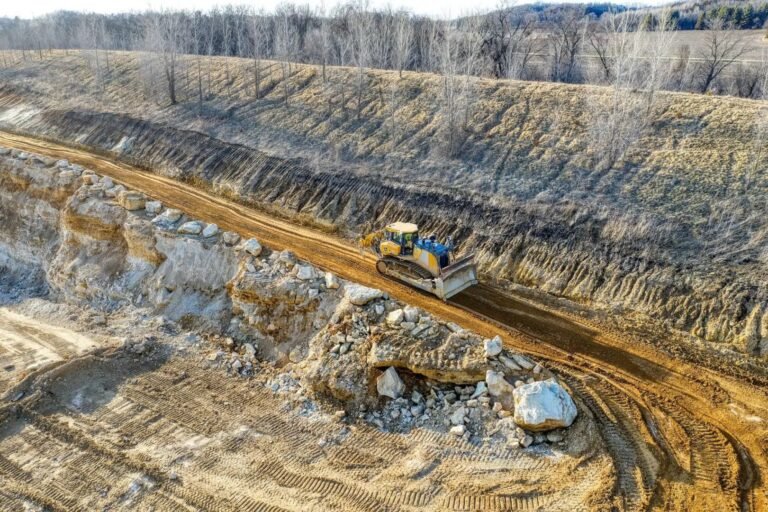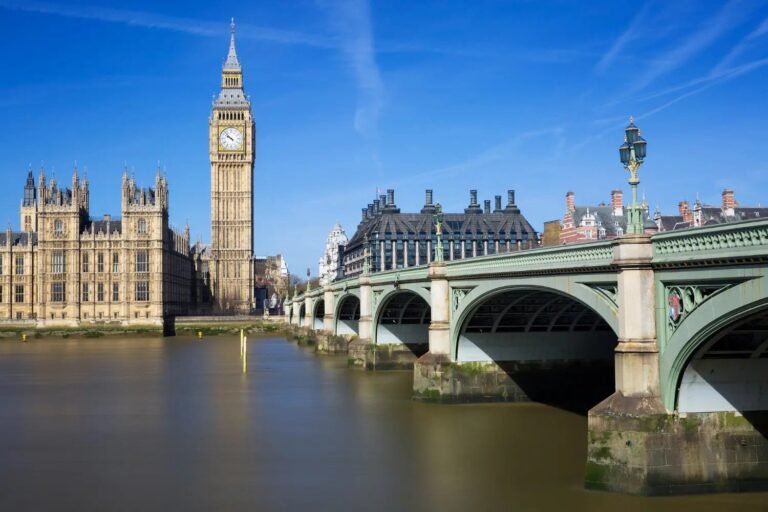When it comes to property transactions, legal teams often seek the input of accountants or other advisors. These professionals are typically asked to provide responses to inquiries on the Commercial Property Standard Enquiries (CPSE) form.
The solicitor representing the buyer utilises this form to collect vital information from the vendor.
Although capital allowance is just one aspect of CPSE, it’s important to note that this area of taxation encompasses a much broader range of topics.
In general, Commercial Property Standard Enquiries (CPSE) cover a lot more than just capital allowance. But section 32 of the form is mostly about capital allowance, or more specifically, plant and machinery.
Objectives of Commercial Property Standard Enquiries (CPSE)

Commercial Property Standard Enquiries (CPSE) give buyers detailed information about commercial properties. The seller or solicitor responds to these inquiries. CPSE standardises information gathering, disclosure, risk mitigation, negotiation, and buyer concerns before completion to streamline the buying and selling process.
Outlined below are some of the objectives of Commercial Property Standard Enquiries (CPSE).
- Facilitate the sale and purchase of commercial property by providing a standardised set of enquiries that the buyer can use to obtain information about the property.
- Ensure that the seller provides the buyer with all relevant information about the property, including information about its legal and physical attributes, planning permissions, environmental matters, and other relevant issues.
- Help the buyer to identify any potential risks or liabilities associated with the property, allowing them to make an informed decision about whether to proceed with the purchase.
- Promote transparency and disclosure in the commercial property market, reducing the risk of disputes and legal issues arising after the sale has been completed.
- Provide a framework for negotiations between the buyer and seller, allowing them to reach agreement on any issues or concerns raised by the enquiries.
- Ensure that the seller is aware of the buyer’s concerns and can take appropriate steps to address any issues before completion of the sale.
- Save time and costs associated with obtaining information about the property by providing a standardised set of enquiries that can be easily completed and reviewed by the parties involved.
Understanding the Section 32 of Commercial Property Standard Enquiries | CPSE
Section 32 of the Commercial Property Standard Enquiries (CPSE 1) contains 11 subsections with questions on the capital allowances.
We are now going to review each question and briefly explain them:
Subsection 32.1
The question addresses if the Property is Capital or Revenue.
If the seller was holding the property as a stock (i.e., for trading purpose), capital allowance can not be claimed in that instance. Hence, the answer should explain comprehensively as to how the property was held by the seller.
Subsection 32.2
The question is about if the seller has claimed capital allowance on plant or machinery fixtures or allocated any expenditure on such fixtures to a capital allowances pool.
This is more of a yes/no question in respect of the immovable fixtures attached in the property.
Subsection 32.3
The question is asking whether there is any expenditure on plant and machinery fixtures that have not been included in a pool. A pool is a collection of assets that are depreciated together for tax purposes.
The question is asking if:
- the person would include any such expenditure in the pool if the buyer asked them to do so.
- If they would not include it, the question is asking for the reason why they would not do so.
- If they would include it, the question is asking when they would do so.
If the fixtures are not pooled by the Seller, even though they could be, the Buyer or any future owners of the property will not be able to claim any capital allowances for those items.
This means that the opportunity to claim capital allowances for those fixtures, which could have been pooled by the Seller, will be permanently lost.
Subsection 32.4
The question is asking for information regarding the ownership history and capital allowances of a property. Specifically, it is asking the person who bought the property whether they are unable to pool any expenditure on plant and machinery fixtures.
If this is the case, they are being asked to provide the name and contact details of all owners of the property since April 2014.
Additionally, they are being asked to provide evidence that the most recent previous owner who was entitled to claim allowances pooled any expenditure on plant and machinery fixtures, and to answer supplementary questions related to that previous owner’s expenditure in subsection 32.9.
Subsection 32.5
This question is asking for information about any plant and machinery fixtures that were purchased by a tenant, as well as any contributions made towards their cost by the landlord.
Subsection 32.6
This question is asking for information about any plant and machinery fixtures that are currently being leased by the vendor from an equipment lessor.
Subsection 32.7
This question is asking if, in the context of a transaction involving the granting of a new lease at a premium, the landlord being addressed would be willing to enter into a Section 183 Election under the Capital Allowances Act 2001.
A Section 183 Election is an agreement between the buyer and seller of a property, which allows the buyer to claim capital allowances on fixtures and fittings that are part of the property. Normally, fixtures and fittings are treated as part of the property and their cost cannot be claimed as a capital allowance.
However, if a Section 183 Election is made, the buyer is treated as if they had acquired the fixtures and fittings separately, allowing them to claim capital allowances on their cost.
Subsection 32.8
This question is asking for specific information about any expenses related to plant and machinery that have been treated as long-term assets or for which the company has claimed any other form of capital allowances, such as industrial buildings allowances, research and development allowances, business premises renovation allowances, and so on.
The purpose of this question is to gain insight into the company’s asset management practices and tax strategy, as well as to assess its eligibility for various tax benefits and incentives related to capital expenditures.
Subsection 32.9
This question is asking for detailed information about each plant and machinery fixture for which a claim has been made or expenditure has been pooled. Specifically, the question is asking the respondent to provide:
- A description of the fixture.
- The date of acquisition of the fixture.
- Whether the fixture was installed by the respondent or a previous owner.
- The amount of expenditure pooled in respect of the fixture; and
- Confirmation that the respondent will enter into a Capital Allowances Act 2001 Section 198 Election in that amount (or another appropriate amount, to be agreed) if asked to do so by the buyer if enquiry 32.2 applies.
Alternatively, if enquiry 32.4 applies, the respondent should confirm whether the most recent previous owner who was entitled to claim allowances entered into a Capital Allowances Act 2001 Section 198 Election and, if so, in what amount.
The purpose of this question is to obtain a comprehensive understanding of the respondent’s capital expenditures on plant and machinery fixtures, including the amount of expenditure pooled, the fixtures’ age, and whether the respondent or a previous owner installed them.
The question also seeks to confirm the respondent’s willingness to enter into a Section 198 Election, which is an agreement between the seller and the buyer of a property to allocate a specific amount of the purchase price to plant and machinery fixtures eligible for capital allowances.
Subsection 32.10
This question is related to capital allowances on structures and buildings (SBAs). The question is asking for the following information:
(a) Whether the property in question qualifies for SBAs.
(b) If the answer to (a) is yes, then the respondent should state:
- The total qualifying expenditure for SBAs
- The dates when such expenditure was incurred and by whom.
- The amounts of SBAs that have been claimed to date, by whom and when.
- The current residue of qualifying expenditure
- All supporting evidence required by the relevant legislation.
Provide an “allowance statement” as mentioned in section 270IA Capital Allowances Act 2001.
The purpose of this question is to determine whether the property in question qualifies for SBAs and, if so, to gather detailed information about the qualifying expenditure, the amounts of SBAs claimed, and the current residue of qualifying expenditure.
The question seeks to ensure that the respondent has supporting evidence as required by the relevant legislation and that they provide an “allowance statement” as per section 270IA Capital Allowances Act 2001.
This information is crucial for assessing the respondent’s eligibility for SBAs and for determining the amount of capital allowances that can be claimed.
Subsection 32.11
This question is asking the respondent to provide the name and contact details of their capital allowances adviser. The question is also seeking the respondent’s confirmation that the company’s capital allowances adviser may be contacted to obtain further information about the matters covered in enquiry 32.
Key takeaways from Section 32 of Commercial Property Standard Enquiries | CPSE

When it comes to the process of conducting due diligence for commercial property transactions, Section 32 of the Commercial Property Standard Enquiries (CPSE), which deals with capital allowances, is an essential component.
It requires the seller to disclose information about any plant and machinery, fixtures, and fittings that may be eligible for capital allowances and to provide evidence of any claims that have been made in respect to these items. Additionally, it mandates that the seller provide evidence of any claims that have been made in relation to these things.
This information is essential for the buyer because it enables them to determine the potential tax benefits of owning the property and to decide about the purchase that is based on accurate information. The importance of conducting thorough due diligence cannot be overstated given the potential for future disagreements or legal issues to arise should this information not be disclosed.
As a result of this, it is essential for both buyers and sellers to pay close attention to Section 32 and seek the advice of qualified professionals, such as capital allowances advisers or solicitors, to ensure that all aspects of the transaction, both legally and financially, are addressed in an appropriate manner.
We are dedicated to solve your queries.
Contact us for assistance at any stage of your journey.









